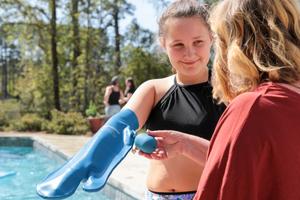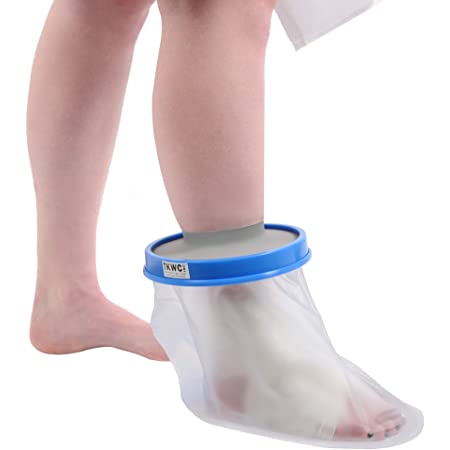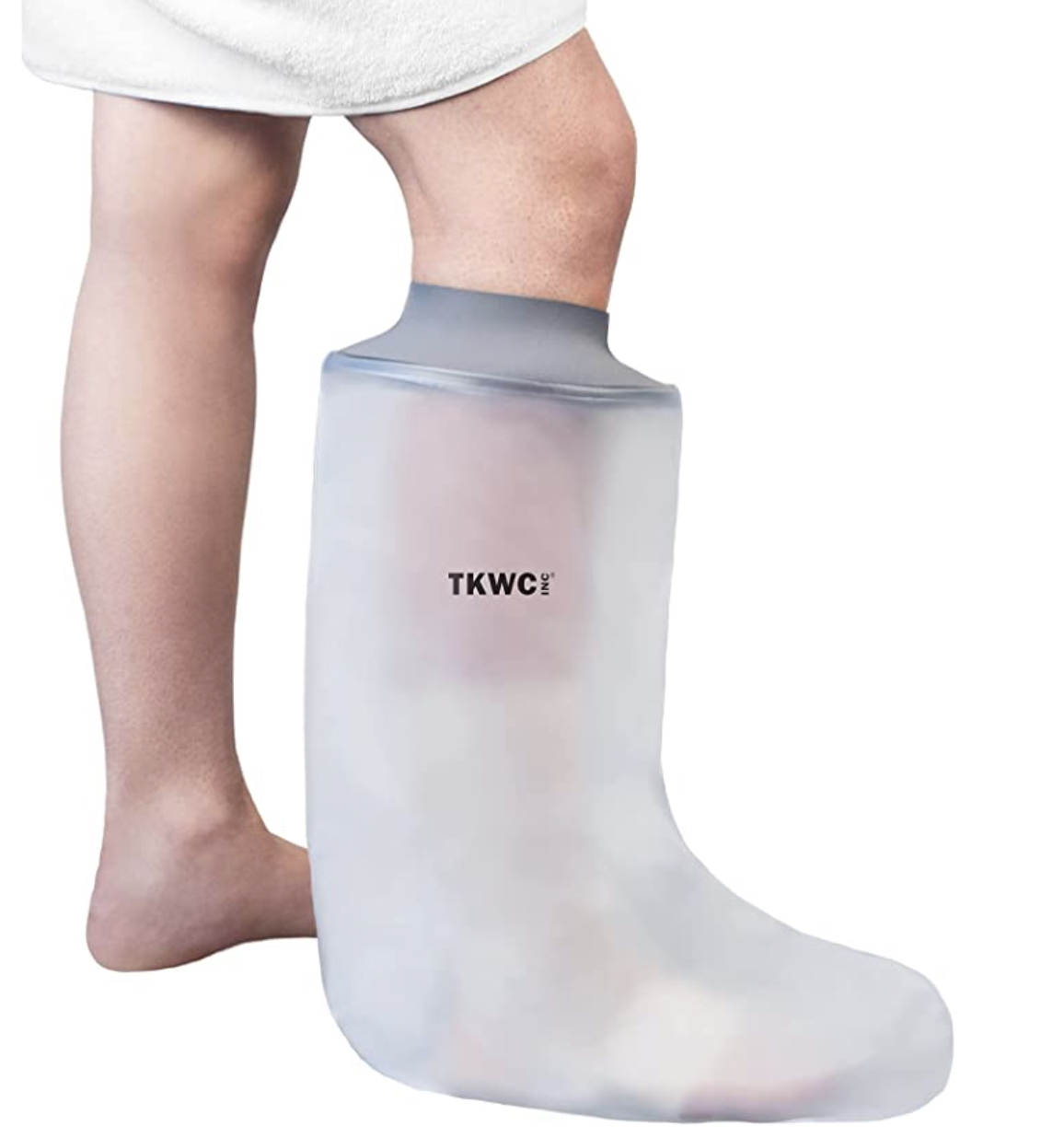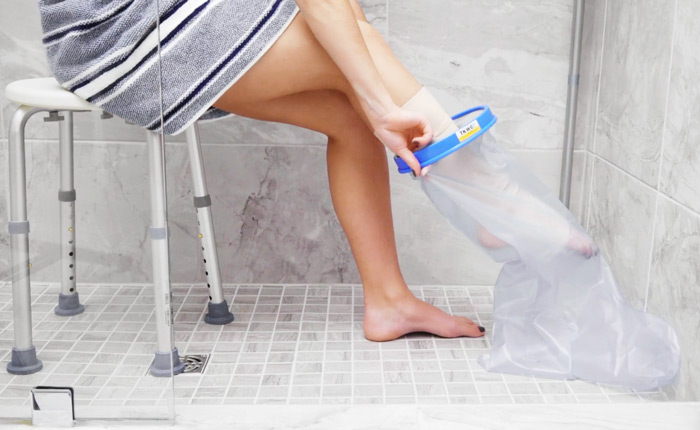
How To Shower With A Cast On
- What seemed like a simple task before can seem a bit daunting now. For example, bathing and showering can seem complicated when you have a cast.
This post will give you some tips on how to shower with a cast on while ensuring your safety.Keep the cast dry at all costs.
A cast is used to immobilize bones at the injury site and encourage growth and healing.
A cast locks down the injury site to let the broken bones heal. However, if it gets wet, it can lose its strength and compromise its effectiveness and thus your healing.
Additionally, a wet cast can lead to skin irritation, maceration, or infection.
Depending on the situation, a water-damaged cast may need to be replaced.
What to do if you get water in your cast?
If your cast gets wet, you can use a hair dryer (in the low setting) to dry out the inside padding. Next, call your doctor and discuss how to proceed.
Thankfully, there are easy and inexpensive things you can use to protect your casts.
How to keep your cast dry when showering?
Doctors commonly recommend cast covers to help keep your cast dry while showering, bathing, or engaging in water-related activities.
Using a store-bought cast cover is the most effective and easy way to protect your cast when showering. A cast cover is a waterproof sleeve with a diaphragm opening that goes over your cast and keeps water out.
Using a quality cast cover allows you to feel confident that your cast is dry and protected—they are also inexpensive.


Cast covers are available in all sizes, foot and ankle, leg, extra large, half arm and full arm.Avoid DIY methods.
You may hear about DIY methods of covering your cast by using plastic bags and plastic wrap.
These ideas won't guarantee a dry cast.
On average, a cast usually is left on between four to twelve weeks. Do you really want to be reaching out for bags and taping yourself up once a day for such a long time? With a store-bought cast cover, you can slip in on and off almost like a sock, with very minimal effort. No taping is required.
A cast cover is much more durable than other options, safe and time, and cost-effective.
Tips for getting in and out of the tub.
Moving on surfaces with running water, soap, confined spaces, and many dangerous corners can be extra dangerous when you have an injured limb.
It's imperative to safe-proof your bathroom when you have a cast. Here are some tips:Non-slip surfaces: To minimize the chance of falls when using a bathtub, make sure that all areas of your bathroom (especially near the tub or shower) have non-slip rugs or bathroom mats.
Install bath handles: Grab bars help you to balance while entering or exiting the tub or shower. The easiest and most affordable tip is to install at least one grab bar on the tub rim or adjacent wall.
Consider a high-quality suction bar for assistance, but the safe bet is to install bolt-on units if you need full-body leverage support.
Use a handheld shower wand and shower bench: Handheld shower wands can be attached to almost any shower head, and when paired with a shower bench, you don't have to stand and can take your time when showering.
Showering is a must but can also be a relaxing activity, whether you are injured or not. However, it's essential to do it safely and avoid any injury complications.
More Great Rent A Knee Walker News & Stories
- •
- •
- •
- •


